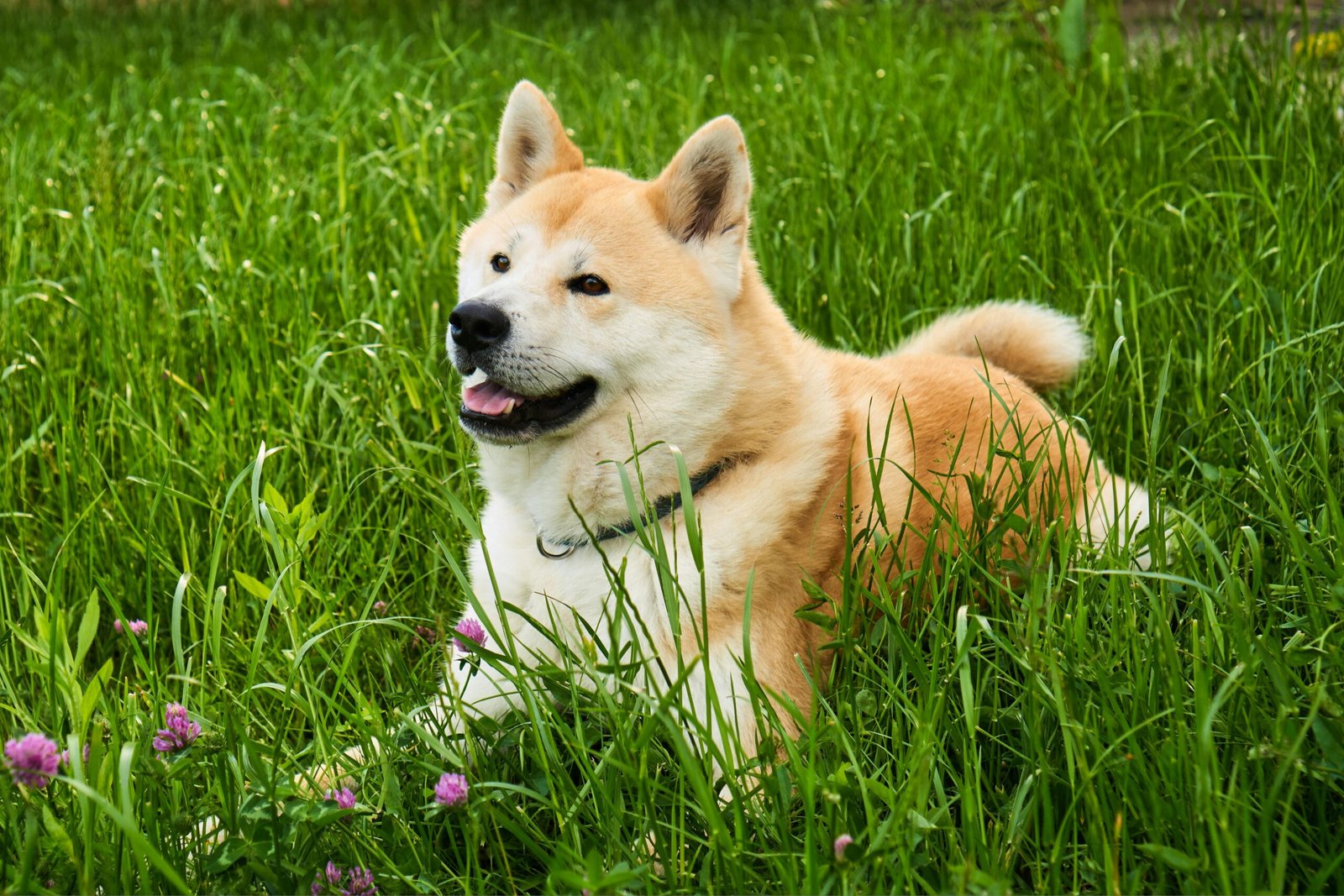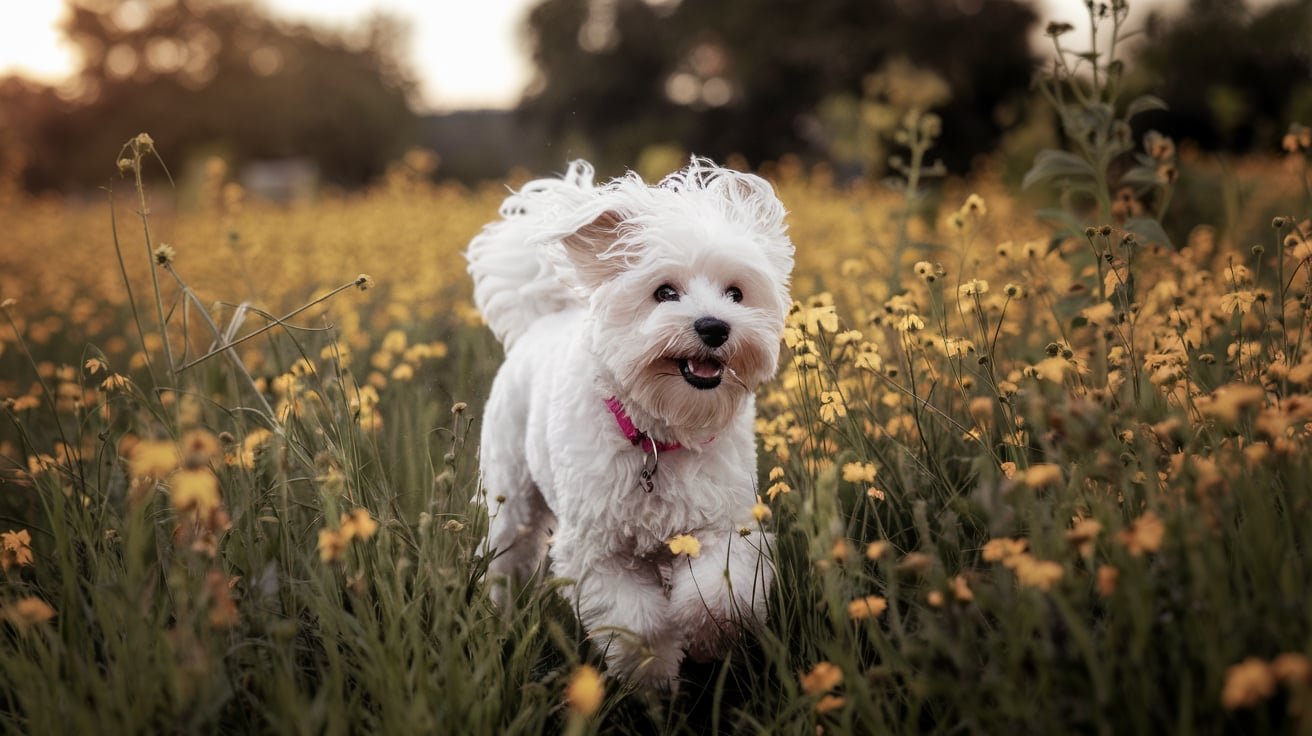What the Heckin Dog: Understanding Dog Behavior
What the Heckin Dog: Understanding Dog Behavior: Dogs are more than just our furry friends—they’re part of our families. But have you ever caught yourself asking, “What the heck is my dog doing?” From zoomies across the living room to barking at the vacuum, dog behavior can sometimes seem puzzling. Understanding why your dog does what they do can help you build a stronger bond and respond to their needs in a way that’s effective and compassionate.
In this article, we’ll break down common dog behaviors, what they mean, and how you can respond. Whether you’re a first-time dog owner or have years of experience, this guide is packed with practical tips and insights. Let’s dive in!
The Basics of Dog Behavior
Before we get into specific behaviors, it’s important to recognize that dogs communicate in ways that are very different from humans. They rely heavily on body language, vocalizations, and certain instinctive actions to express their feelings.
Body Language: What Are They Trying to Say?
One of the best ways to understand what’s going on in your dog’s mind is by observing their body language. For instance:
- Tail Wagging: Not all tail wags mean the same thing. A slow, gentle wag usually indicates that a dog is relaxed and friendly, while a stiff, rapid wag can signal excitement or even tension.
- Ears and Eyes: If a dog’s ears are perked up and they’re making direct eye contact, they’re likely alert and focused. On the other hand, flattened ears and a sideways glance can indicate submission or fear.
- Posture: A relaxed dog may sprawl out or have a loose, wiggly posture. A dog standing stiff with their body leaned forward may feel threatened or ready to protect their territory.
Anecdote: The Tale of the Protective Pooch
I once visited a friend whose dog always barked at new people. At first, it felt a bit overwhelming, but once I learned to read his body language, it was clear that he wasn’t aggressive—just protective. As soon as I sat down calmly and avoided direct eye contact, the barking stopped. He just needed a little time to warm up.
Understanding body language can really help to decipher what your dog is trying to communicate, making interactions smoother and less stressful.
Why Does My Dog Act Like That?
Dogs have a whole repertoire of behaviors that can leave us scratching our heads. Here are some of the most common dog behaviors explained:
1. The Zoomies: Why Is My Dog Running in Circles?
If your dog suddenly bursts into a high-energy sprint, racing around the room or yard, they’re experiencing what’s known as the zoomies. This behavior is especially common after baths, during playtime, or just before bed. Zoomies are a way for dogs to burn off excess energy and release pent-up excitement.
How to Respond: It’s best to let your dog ride out the zoomies in a safe, open space where they won’t bump into anything. Engaging in interactive play like fetch can also help satisfy their need for a quick burst of energy.
2. Barking at Nothing: Is My Dog Seeing Ghosts?
Dogs have incredible senses of smell and hearing. Sometimes, they may bark at things you can’t perceive—a distant noise, the scent of a passing animal, or even out of boredom. Persistent or excessive barking might be a sign of anxiety or a need for more mental stimulation.
How to Respond: If your dog is barking excessively, consider providing more mental enrichment activities like puzzle toys. Training can also help teach your dog when it’s okay to bark and when it’s time to be quiet.
3. Rolling in Stinky Stuff: Why Does My Dog Love Bad Smells?
This one can be pretty gross, but dogs sometimes roll in unpleasant smells because of their wild ancestors. Wolves would roll in strong odors to mask their scent, making it easier to hunt prey. While our domesticated dogs don’t need to do this, the instinct remains.
What the Heckin Dog: Understanding Dog Behavior: How to Respond: If your dog has a habit of rolling in things, be prepared for frequent baths! Training them with the “leave it” command can also help redirect this behavior when they get curious about something smelly.
4. Chewing on Furniture: Is My Dog Trying to Drive Me Crazy?
Chewing is natural for dogs, especially for puppies who are teething or dogs who are anxious or bored. However, destructive chewing can be frustrating and costly.
How to Respond: Provide your dog with appropriate chew toys and ensure they get enough exercise. Crate training can also be helpful when you’re not home to supervise. If chewing is anxiety-driven, addressing the root of their stress is key.
Anecdote: The Shoe Chewer
My friend’s dog went through a phase of chewing shoes, especially when left alone. The solution? She started giving her pup a frozen Kong stuffed with peanut butter whenever she left the house. The dog became more focused on the treat and less on destroying shoes. It’s amazing how small changes can make a big difference!
Building a Stronger Bond with Your Dog
Understanding dog behavior isn’t just about correcting unwanted actions—it’s about nurturing a deeper connection with your pet. Here’s how you can use this knowledge to improve your relationship:
Step 1: Practice Positive Reinforcement
Dogs respond best to positive reinforcement. Instead of punishing unwanted behavior, reward the actions you want to see more of. Whether it’s treats, praise, or extra playtime, reinforcing good behavior creates a positive feedback loop.
Step 2: Provide Consistency and Routine
Dogs thrive on routine. Consistent meal times, walks, and play sessions help them feel secure and reduce anxiety. When training or correcting behavior, use consistent commands and signals so your dog knows what to expect.
Step 3: Prioritize Mental Stimulation
A bored dog is more likely to develop problem behaviors. Engaging your dog in activities like scent work, interactive toys, and new challenges can keep their brain sharp and prevent boredom-driven actions.
Step 4: Learn to Speak “Dog”
The more you understand your dog’s unique cues and signals, the better you’ll be able to meet their needs. Pay attention to their likes and dislikes, and respond with empathy.
Final Thoughts: Decoding the “Heckin” Dog
Understanding your dog’s behavior is a journey that takes time, observation, and patience. The more you tune into their body language and actions, the better you’ll be at figuring out what they’re trying to communicate. Whether it’s the zoomies or barking at shadows, remember that every behavior has a reason, even if it’s rooted in ancient instincts or a burst of playful energy.
By taking the time to understand these quirky behaviors, you’ll be better equipped to address them positively. Plus, you’ll likely find that your bond with your dog grows stronger with each passing day.



